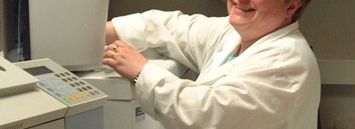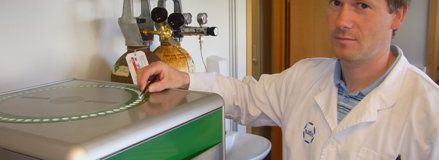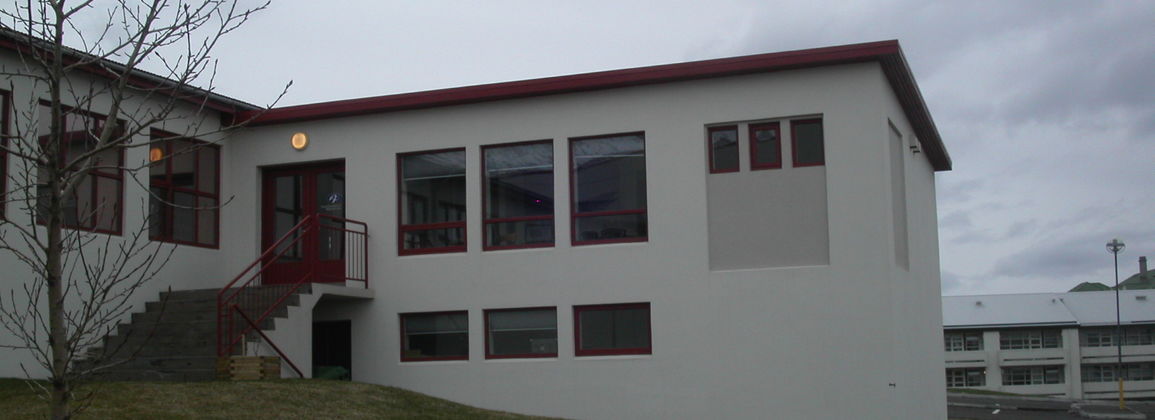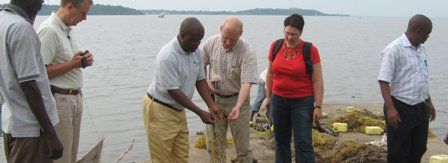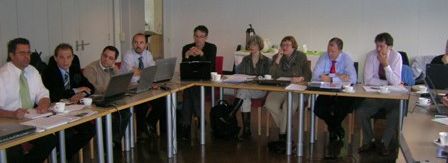Combined Blast and Contact cooling - Effects on physiochemical characteristics of fresh haddock (Melanogrammus aeglefinus) fillets
Skaginn hf. has a patent for new processing technology for the processing of fresh and frozen fillets based on so-called skin cooling before peeling. The purpose of this research project was to compare fillet processing with skin cooling and traditional fillet processing. The project compares fresh fillets and chilled fillets with regard to utilization, quality and shelf life. Two experiments were performed, on the one hand Experiment I where water resistance, quality, boiling efficiency and appearance were examined, and on the other hand Experiment II where these same factors were examined and the effect of erosive cooling on the shelf life of fresh and frozen haddock was examined. The experiments were carried out at Festi ehf. in Hafnarfjörður. The main results of these studies showed that fillet processing with skin cooling has more advantages than traditional fillet processing. The erosive cooling gives higher utilization and more valuable products with a longer shelf life. Increased shelf life of fresh fish provides increased opportunities for export, which is very important for the fishing industry.
The aim of the project was to compare a new processing technique, CBC, with traditional processing of haddock fillets. In the latter the fillets go through the process without additional refrigeration. In the new processing technique, CBC, the fillets, after filleting and pre-trimming, go through pre-cooler / fluid-ice followed by CBC super-chilling. Two trials were performed, a preliminary experiment (I) and a main experiment (II). In the preliminary experiment (I), water holding capacity, quality and cooking yield were examined. In the main experiment (II) these same factors were examined, in addition to the superchilling effect on extended shelf-life of fresh and frozen haddock fillets. After the pre-cooler step, the fillets gained weight with yields of 101.6% to 102.7%. After the CBC super-chilling the fillets had final yields of 100.3% to 101.2%. After skinning, the fillets without refrigeration (traditional processing) lost most weight. The highest value of cooking yield was obtained in CBC super-chilled fillets with skin. Skinless traditional and CBC super-chilled fillets showed similar cooking yield (P> 0.05). CBC super-chilling increased the total yield of the fillets. The difference between the traditional fillets and the super-chilled fillets was significant. The appearance of the CBC super-chilled fillets was much better and with less gaping than the traditional fillets. The traditional fillets had more ragged outlines, and the ratio of cut-offs after fine-trimming was therefore higher for the traditional fillets than the CBC super-chilled fillets. Appearance of the traditional fillets showed a little yellow tinge which increased during the storage time. The CBC super-chilled fillets had a whiter and more "fresh" appearance and were therefore more attractive. Examination of total bacterial count, and amount of TMA and TVN showed that the CBC super-chilling process can extend the shelf life of fresh haddock fillets.


